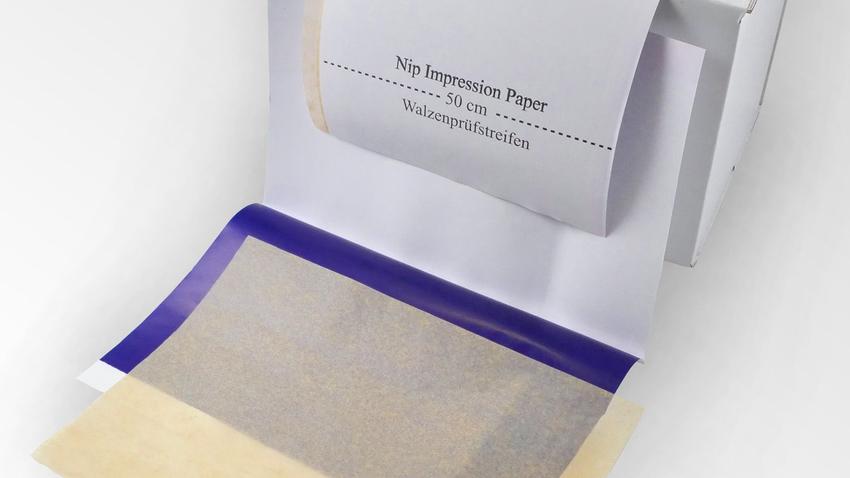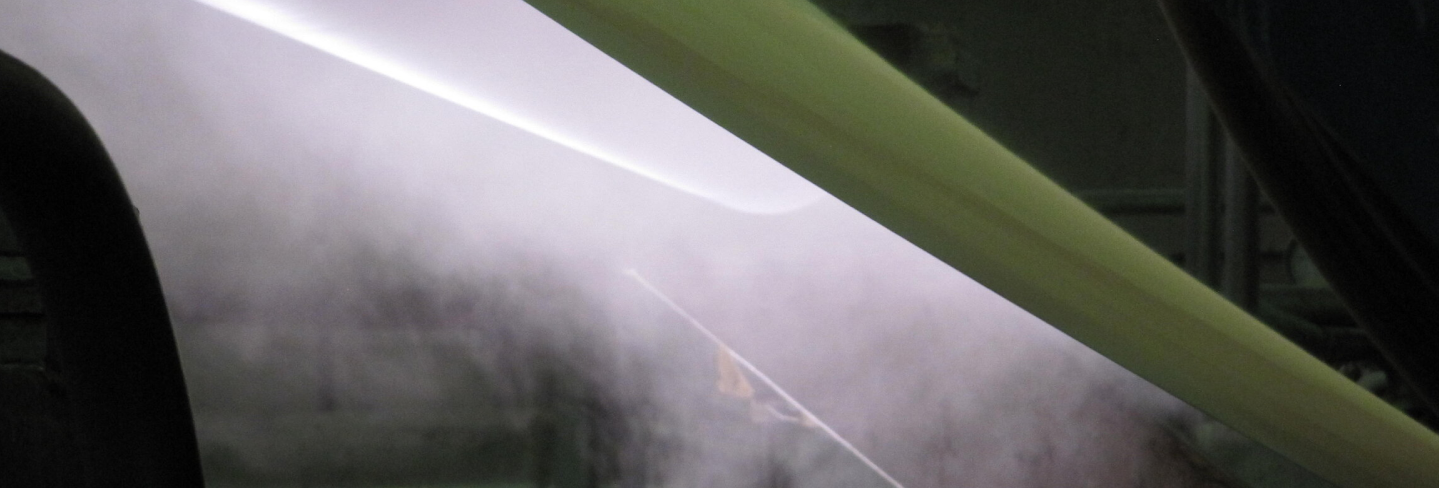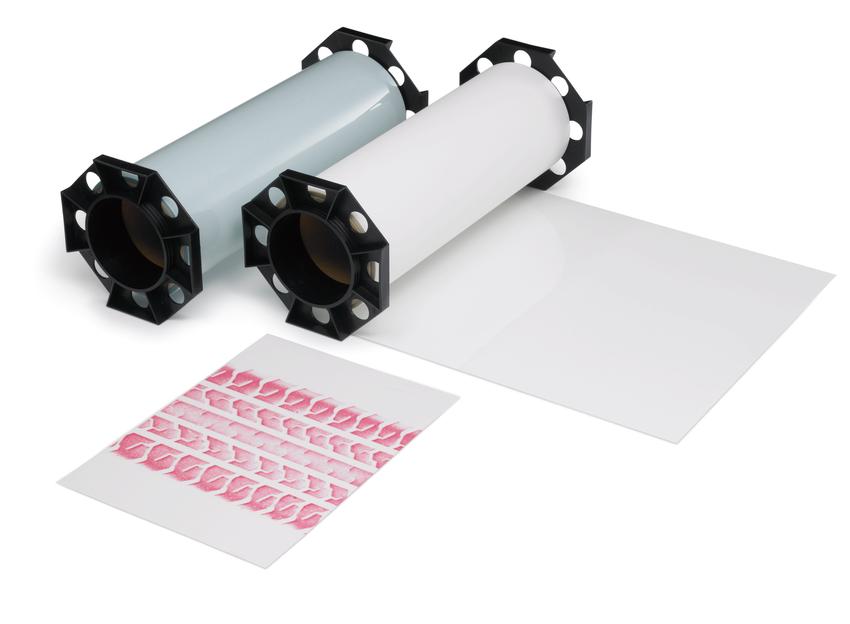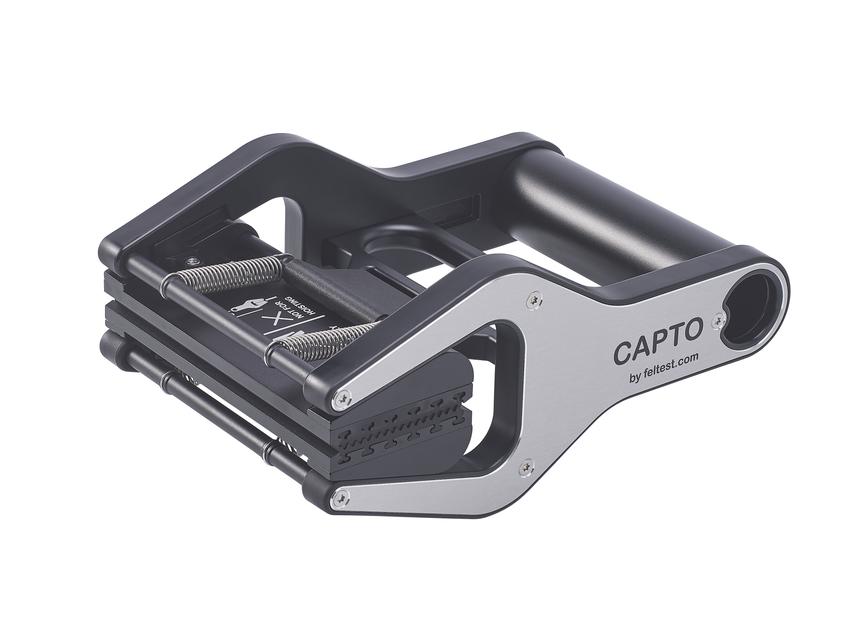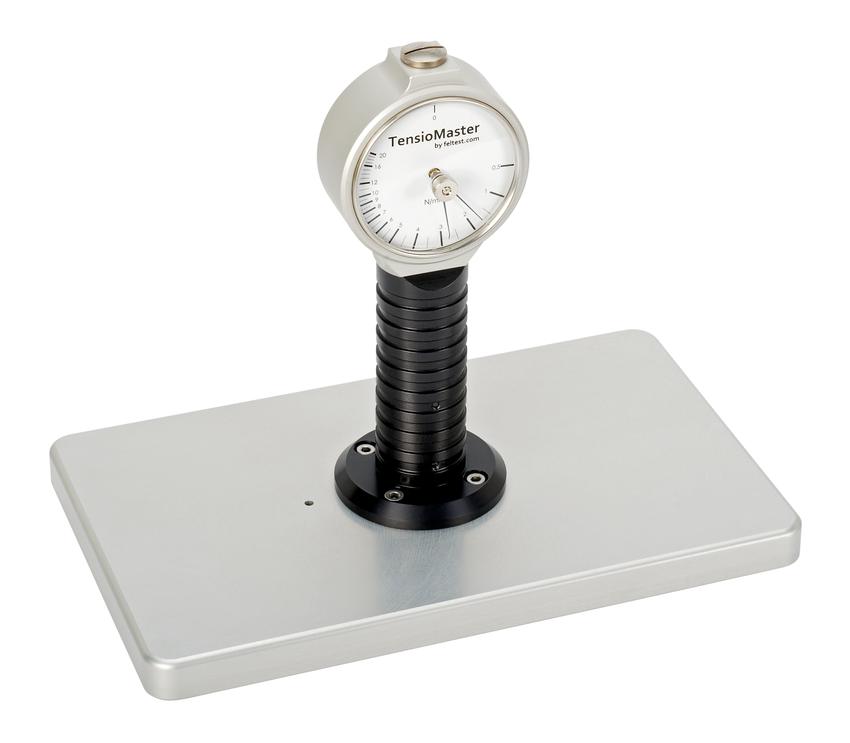- Home
- Products
- Carbon Paper
- Feltest Carbon Paper
Feltest Carbon Paper
AFFORDABLE NIP WIDTH IMPRESSIONS
Quickly find errors in individual rolls or the entire press system with Feltest Carbon Paper for nip impressions. The Carbon Paper changes color if the threshold for the desired condition is exceeded.
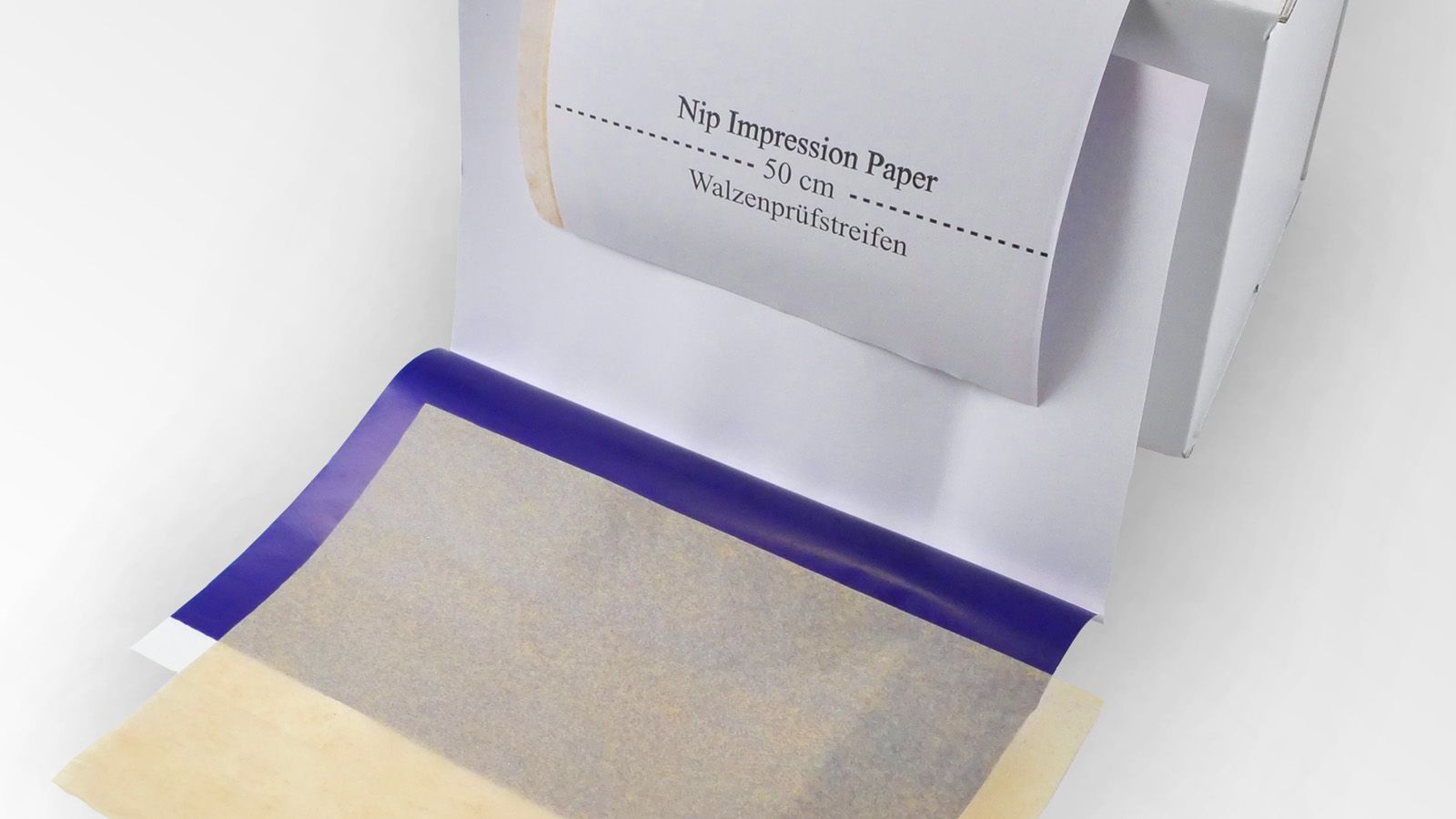
Easily measure the nip 'footprint'
Non-uniform nips usually lead to wrinkles, web breaks, and poor sheet profiles. Feltest Carbon Paper easily determines the static nip width between two mating rolls, helping you to identify nip deviations like:
Uneven load
Incorrect crowning
Misalignment
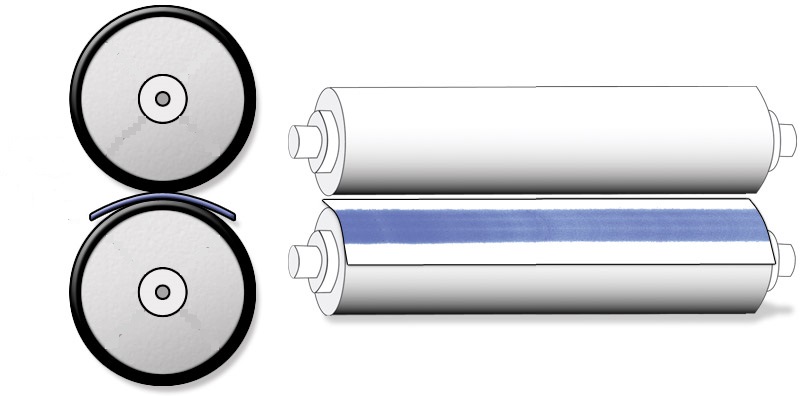
How it works
Feltest’s carbon paper is a thin color changing pressure activated paper. The paper immediately changes color upon the application of pressure, enabling the user to easily analyze/measure the nip ‘footprint’ (nip width) both visually or, for more intense scrutiny, with a ruler or micrometer.
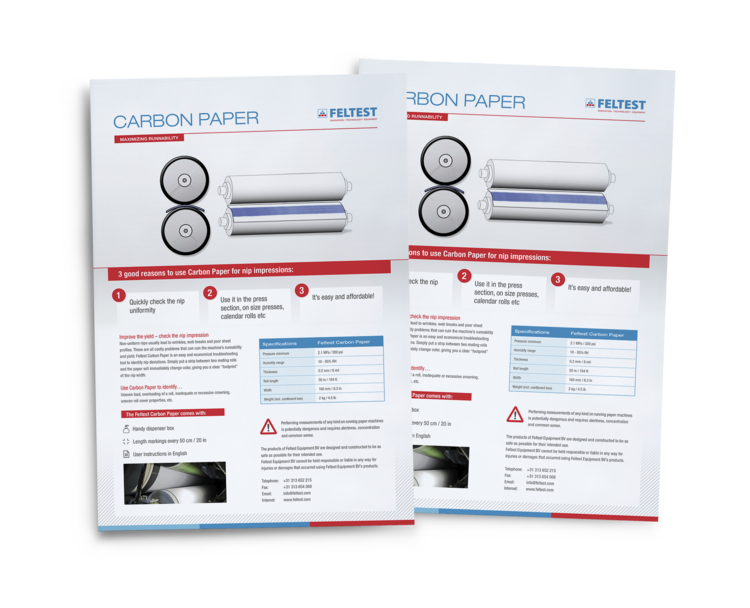
Fill in the form and download the brochure
How to use Carbon Paper for Nip Impressions
- Cut to size. For the best analysis, it is advised to use a strip over the full length of the nip.
- Prepare for use. If the surroundings are very wet, pack the Carbon Paper in plastic foil. Then place it on one of the rolls with some tape.
- Close and open the nip. When the minimum pressure is reached, the Carbon Paper turns dark.
- Take it out and analyze the nip width.
 FAQ's
FAQ's
The difference between Carbon Paper and Fujifilm nip impressions, and other Frequently Asked Questions.
Feltest’s Carbon Paper, similar to carbon copy paper used in offices, changes color when a minimum value of pressure is applied.
When the color changes, you know that the minimum pressure level (of the Carbon Paper) has been exceeded, but you don’t know how much exactly. If you want to know that, you need the FujiFilm for Nip Impressions.
Feltest Carbon Paper easily determines the static nip width between two mating rolls, helping you to identify nip deviations like uneven load, overloading of a roll, inadequate or excessive crowning, uneven roll cover properties or misalignment.
It is NOT possible to detect smaller load differences, for example due to soft spots in roll covers, as the Carbon cannot measure the load – for that you need the FujiFilm for Nip Impressions.
Carbon Paper is most commonly used to detect non-uniform load distribution in the press section, the size press and the calendar.
Due to the temperature-insensitive coating of the material, both hot and cold rolls can be tested without the result being falsified. Due to the specific properties of the material, the test strips can also be used reliably in wet areas.
The main difference is: Carbon Paper tells you that the local pressure is over a certain threshold value, but not how much. FujiFilm for Nip Impressions tells you the exact level of pressure, so you can measure it.
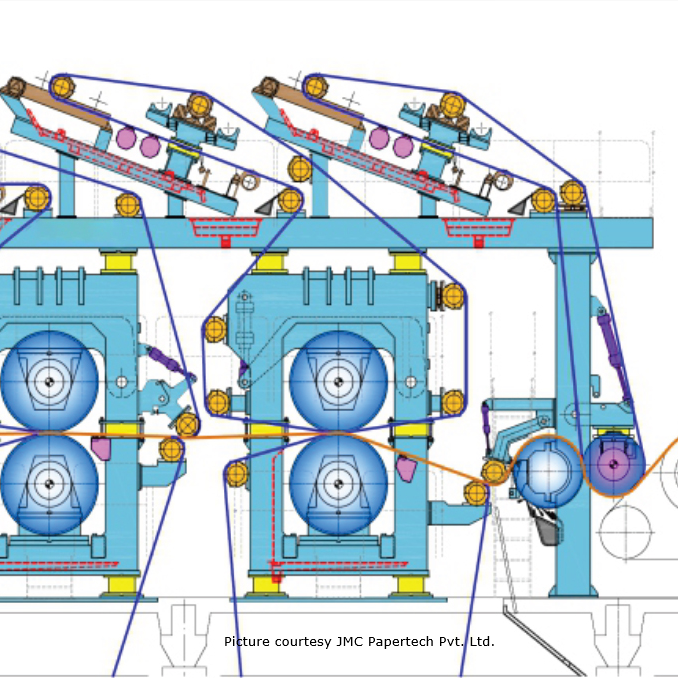

Get your Carbon Paper for Nip Impressions Quote
Get your quote instantly by adding it to your shopping basket and pressing the Request Quote button, or buy directly in our ONLINE STORE.
Any questions? Just reach out and our sales team will contact you shortly.

